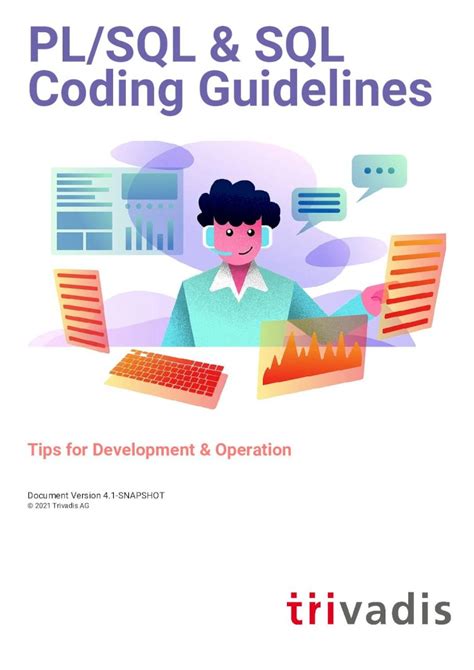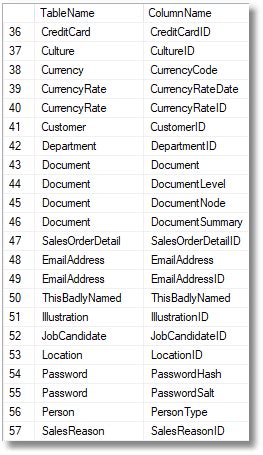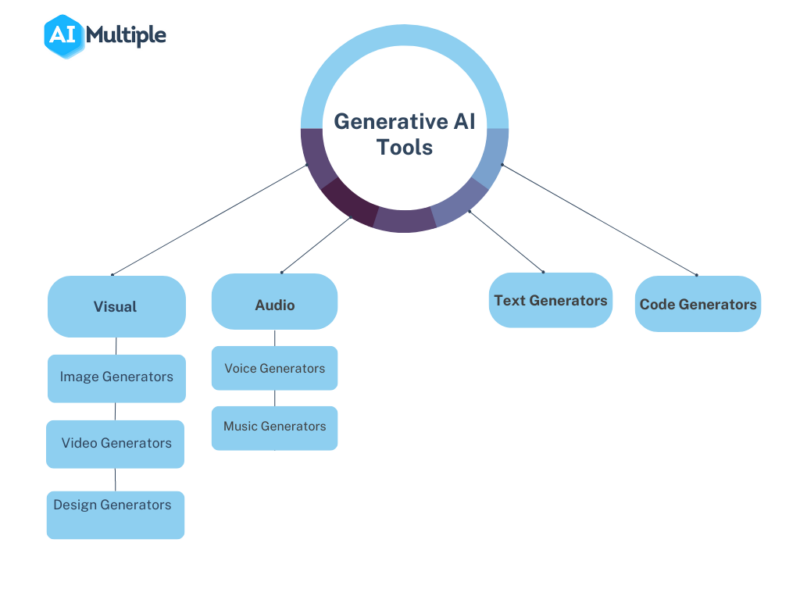When it comes to writing efficient and readable SQL code, one of the most crucial aspects to consider is the naming convention used for tables, columns, indexes, and other database objects. A well-structured naming convention can significantly improve the maintainability, scalability, and performance of a database. In this article, we will explore five SQL naming tips that can help database administrators and developers create a consistent and readable database schema.
Key Points
- Use meaningful and descriptive names for tables and columns
- Follow a consistent naming convention throughout the database
- Avoid using reserved words and keywords as names
- Use prefixes or suffixes to distinguish between different types of objects
- Keep names concise and readable, avoiding unnecessary complexity
Understanding the Importance of SQL Naming Conventions

A good naming convention is essential for several reasons. Firstly, it makes the code more readable and self-explanatory, reducing the time and effort required to understand the database schema. Secondly, it helps to avoid naming conflicts and errors, which can lead to data inconsistencies and system crashes. Finally, a consistent naming convention makes it easier to maintain and update the database, as it provides a clear and logical structure for the database objects.
Tip 1: Use Meaningful and Descriptive Names
Using meaningful and descriptive names for tables and columns is crucial for creating a readable and maintainable database schema. For example, instead of using a column name like “col1”, use a more descriptive name like “customer_name” or “order_date”. This approach helps to avoid confusion and makes it easier to understand the purpose of each column.
| Table/Column Name | Description |
|---|---|
| customer_name | The name of the customer |
| order_date | The date the order was placed |

Tip 2: Follow a Consistent Naming Convention
Following a consistent naming convention throughout the database is essential for creating a logical and readable database schema. For example, using a consistent prefix or suffix for table names, such as “tbl_” or “_table”, can help to distinguish between different types of objects. Additionally, using a consistent naming convention for columns, such as using underscores to separate words, can help to improve readability.
Tip 3: Avoid Using Reserved Words and Keywords
Avoiding the use of reserved words and keywords as names is crucial for preventing naming conflicts and errors. For example, using a column name like “select” or “from” can cause conflicts with SQL keywords and lead to errors. Instead, use more descriptive names that avoid reserved words and keywords.
Tip 4: Use Prefixes or Suffixes to Distinguish Between Objects
Using prefixes or suffixes to distinguish between different types of objects can help to improve readability and reduce confusion. For example, using a prefix like “ix” for indexes or “pk” for primary keys can help to distinguish between different types of objects.
Tip 5: Keep Names Concise and Readable
Keeping names concise and readable is essential for creating a maintainable and scalable database schema. Avoid using unnecessary complexity or verbosity in names, and instead opt for simple and descriptive names that convey the purpose of each object.
What is the importance of using a consistent naming convention in SQL?
+Using a consistent naming convention in SQL is important because it improves readability, reduces errors, and makes it easier to maintain and update the database schema.
How can I avoid naming conflicts in SQL?
+To avoid naming conflicts in SQL, avoid using reserved words and keywords as names, and use prefixes or suffixes to distinguish between different types of objects.
What are some best practices for naming tables and columns in SQL?
+Some best practices for naming tables and columns in SQL include using meaningful and descriptive names, following a consistent naming convention, and avoiding unnecessary complexity or verbosity.
In conclusion, following these five SQL naming tips can help database administrators and developers create a consistent, readable, and maintainable database schema. By using meaningful and descriptive names, following a consistent naming convention, avoiding reserved words and keywords, using prefixes or suffixes to distinguish between objects, and keeping names concise and readable, you can improve the productivity, scalability, and performance of your database.



